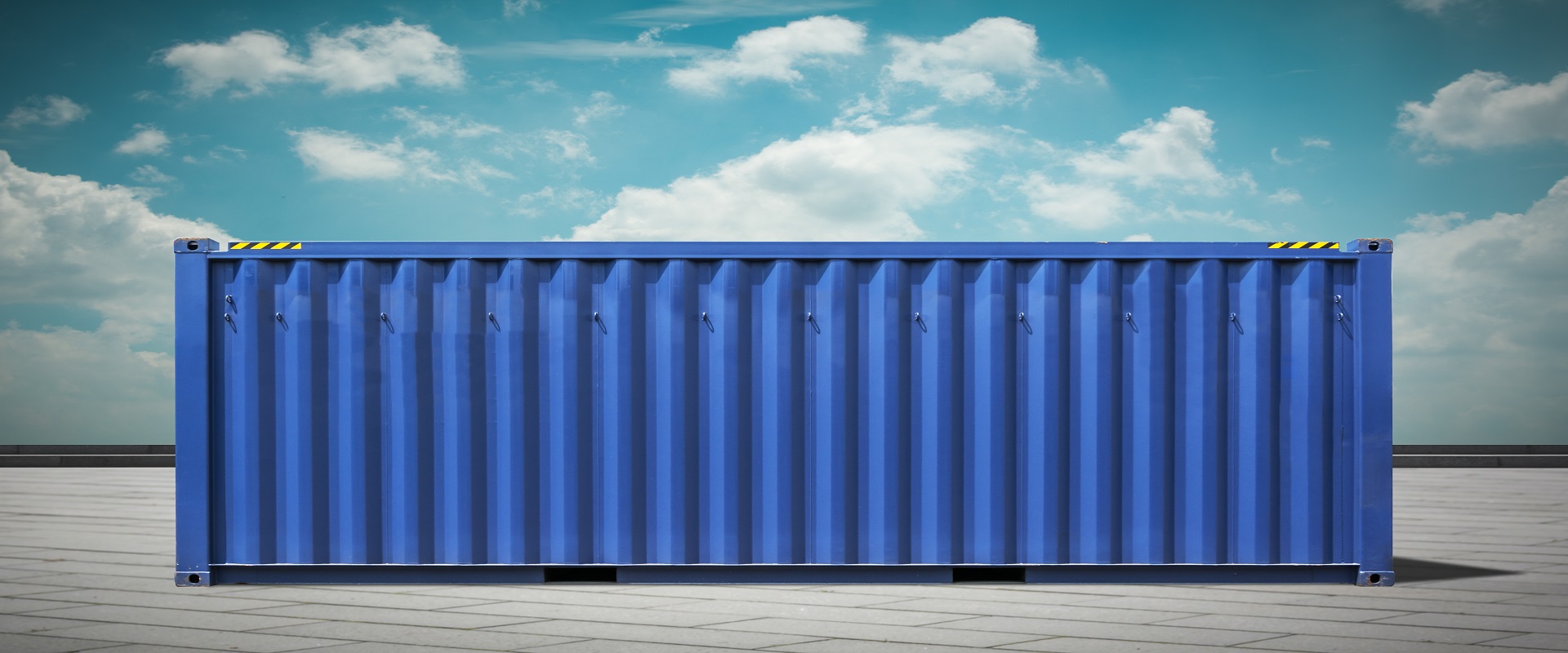- About Us
- Services
- Ship Owning
- Overview
- Services
- Companies
- Shreyas Shipping and
Logistics
- Overview
- Our Fleet
- Awards and Accolades
- Board of Directors
- Financial Performance
- Press Releases
- Corporate Governance
- Unclaimed and Unpaid Dividend
- Shareprice Movement
- Policies
- Presentation
- Updates
- Notice to Shareholders
-
Disclosure
under regulation 46 of LODR
- Terms and Conditions of Independent Directors
- Composition
- Code of Conduct
- Vigil Mechanism
- Criteria of making payments
- Party transaction policies
- Material Subsidary policies
- Details of familiarization programmes
- Contact
Details
- Financial Information
- Shareholding Pattern
- Investors Meet and Presentation
- Recordings & Transcripts
- Newspaper Publications
- Credit Rating
- Secretarial Complaince Report
- Policy for determining materiality
- Annual Return
- Dividend Distribution Policy
- Orient Express Lines Inc
- TW ship Management PVT. LTD.
- Logistics
- Overview
- Services
- Companies
- Transworld Integrated Logistek Pvt Ltd
- Transworld Logistics & Shipping Services Inc
- Transworld Logistics FZE
- Transworld Logistics DWC LLC
- Transworld Logistics Pvt. Ltd.
- Transworld Logistics Asia Ltd
- Transworld Shipping & Logistics Pvt. Ltd.
- Transworld Logistics Lanka Pvt Ltd
- Transworld Logistics LLC
- Transworld Logistics WLL
- Transworld Saudi Logistics
- Transworld Logistics Services PTE Ltd
- Other Businesses
- Our Fleet
- ESG
- More


 Back to Blogs
Back to Blogs